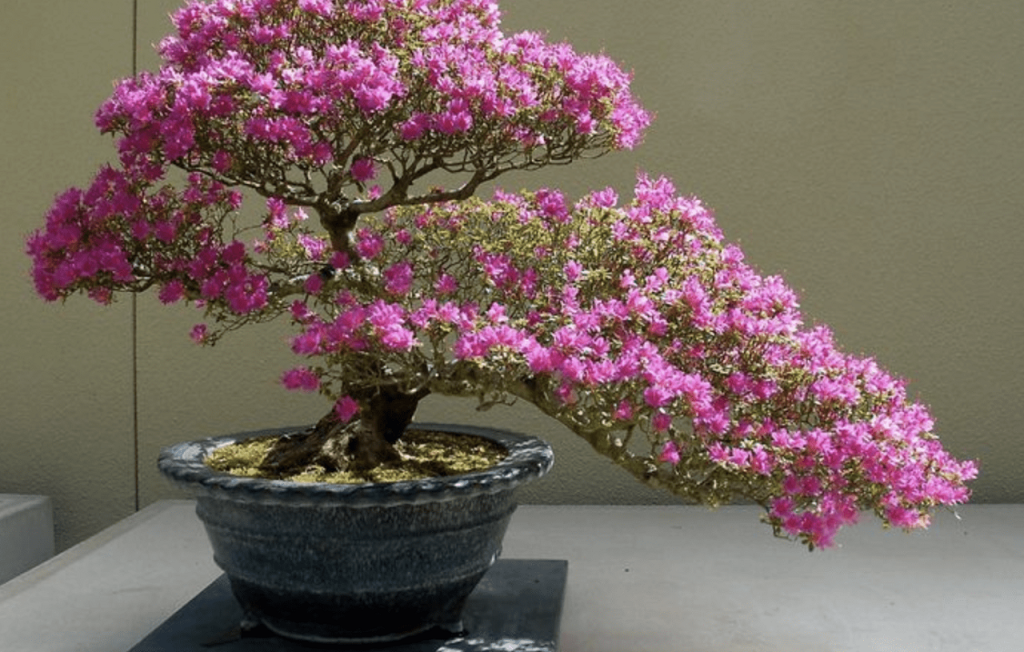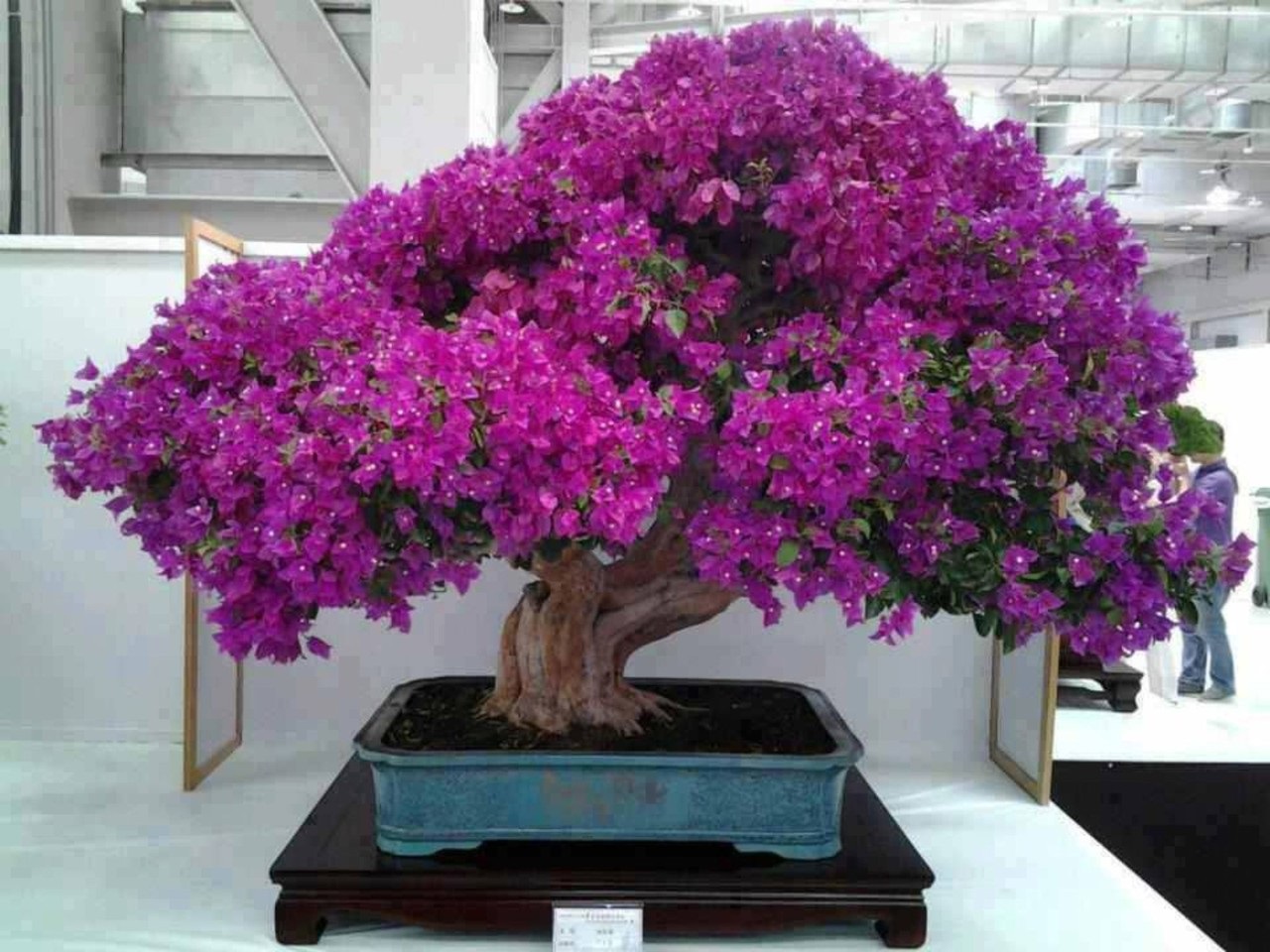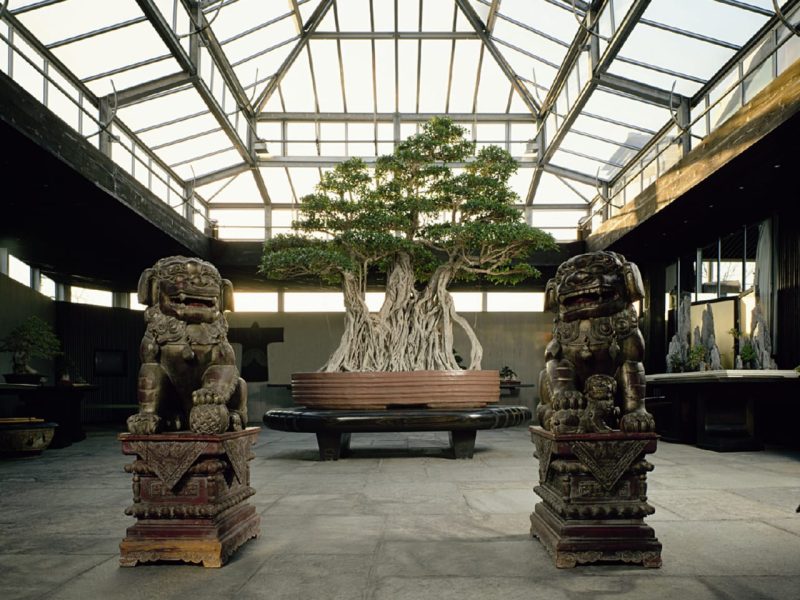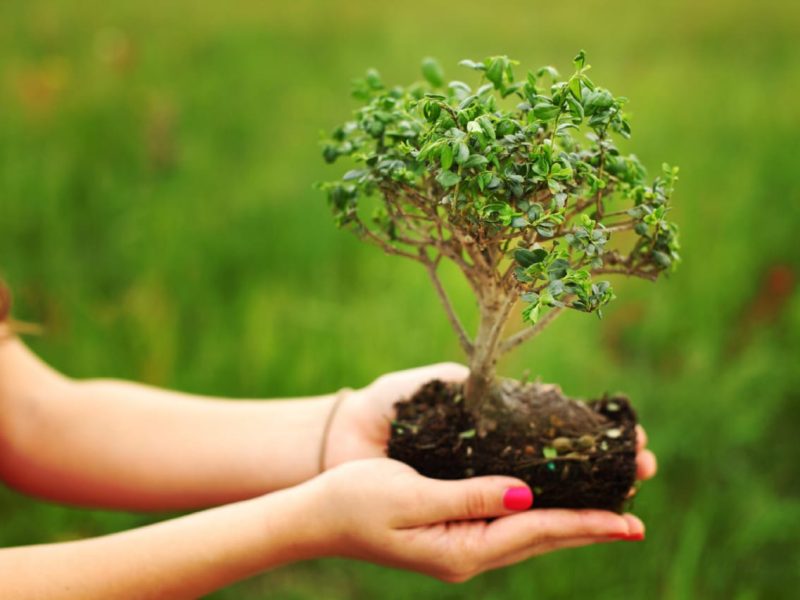In nature, bougainvillea is a profusely flowering liana that grows up to 15 meters in length. In the home, of course, it is much less tall, but even so, the plant can stretch to 3 or more meters. For the bougainvillea to look like a decorative and neat bush it is necessary to regularly pinch off too long elongated shoots and trim excessive branches to form a beautiful crown. Pruning can give any shape to this beautiful plant.
In home conditions, you can form bougainvillea and bonsai – a decorative miniature tree, which will look unusual and attractive. This will, of course, require much more time and patience, but the result is worth it.
How to form a bougainvillea bonsai.
Growing a bonsai begins from a plant that has completely filled the roots of the pot in which it grows. Otherwise, some of the strength will go into the growth of the root system.
- A healthy plant that has grown (from 2 years old) is trimmed in early spring so that one trunk with two to four branches is left. Later the process of growth of new branches is strictly controlled, not allowing the plant to proliferate.
- After some time, the trunk of bougainvillea becomes woody and becomes a solid base for the future bonsai. The optimal height of the trunk-base – 15-20 cm, the thickness – from 2,5-3 cm and more. At this stage, all the branches of the plant are cut off completely, leaving only a strong stump. New shoots emerging from the stump, limit the number and growth, leaving those that will be the basis of the “branching” of the tree and cut off all the unnecessary.
- Plants with a strong trunk and a small number of branches are transplanted into a wide and shallow pots, in which later the bonsai will be formed and grow. Remove the plant from the old pot, carefully free the roots from the soil and prune them by no more than a third. Cover the bottom of the pot with soil, place the future tree on it and securely fix it with a wire, so that the plant does not move and do not fall down. Fill the remaining soil and water. It is better to water by showering, so that the moisture is evenly distributed over the surface of the soil and does not cause souring.
At the same time, you can form a slope of the tree to the side, which is typical for bonsais and gives them additional decorativeness. To do this, the branches are fixed in the right direction with a strong wire, fastening it securely. The wire holds the branches in place until they have also become woody and can stand on their own. Only then can the wire be removed.
! During this time, make sure that the wire does not grow into the bark.
When shaping the bonsai it must be remembered that bougainvilleas, by their nature, grow upwards, which means that branches pointing towards the ground will not grow well and may in time wither. A more reliable form will be one with branches growing upwards, or sideways and upwards.
Before the dormancy period, in August-September, the long branches are cut back, leaving young new shoots with buds budding. During the winter the plant gains strength and, in the next season, active growth and abundant flowering begins. Further care of the tree consists in the timely formation of the crown.
If the base of the trunk seems too bare and unattractive to you, you can make grafting cuttings. For this purpose, choose a young healthy cuttings of small length with buds formed on it. In the trunk at the required distance drill make a hole corresponding to the diameter of the cuttings, insert the cuttings into the hole and secure, wrapping with strong thread and gluing, if necessary, with medical glue. Bougainvillea easily tolerates grafting and soon the cuttings will take root and the tree will acquire a more attractive appearance.
For a bigger effect
You can graft a cuttings of another variety of bougainvillea with a contrasting color of flowers. And if you do several such variegated grafts, you can get a completely unique tree, which in the period of flowering will delight and delight with a multi-colored unusual crown.

Diseases and pests of bougainvillea
And in this respect, you can breathe freer. The fact is that bougainvillea is rarely enough attacked by pests. And all its diseases arise from improper care, not from the caprices of the plant, so there is no point in describing them. As for pests, you may encounter powdery mildew, aphids or spider mites. All of these can be removed either by hand or with the help of folk remedies (soapy water, wood ash or garlic solution, etc.). You can also use special products from the store.
With proper care bougainvillea bonsai will delight you with its blossoms. As well as fit well into the interior.



